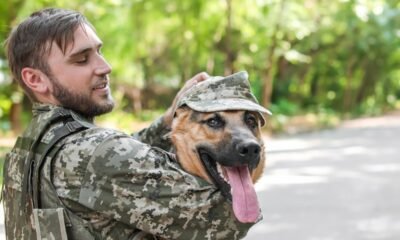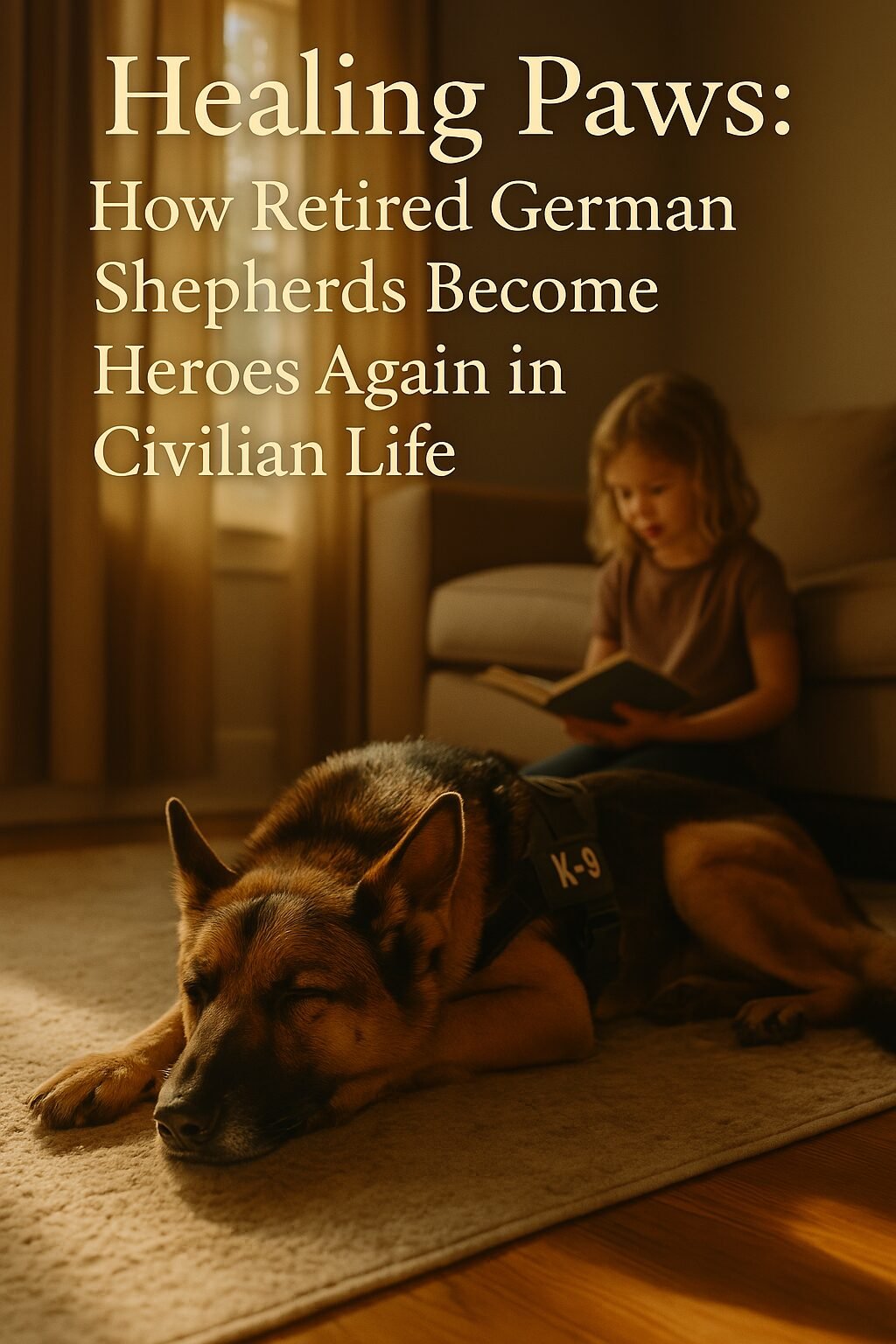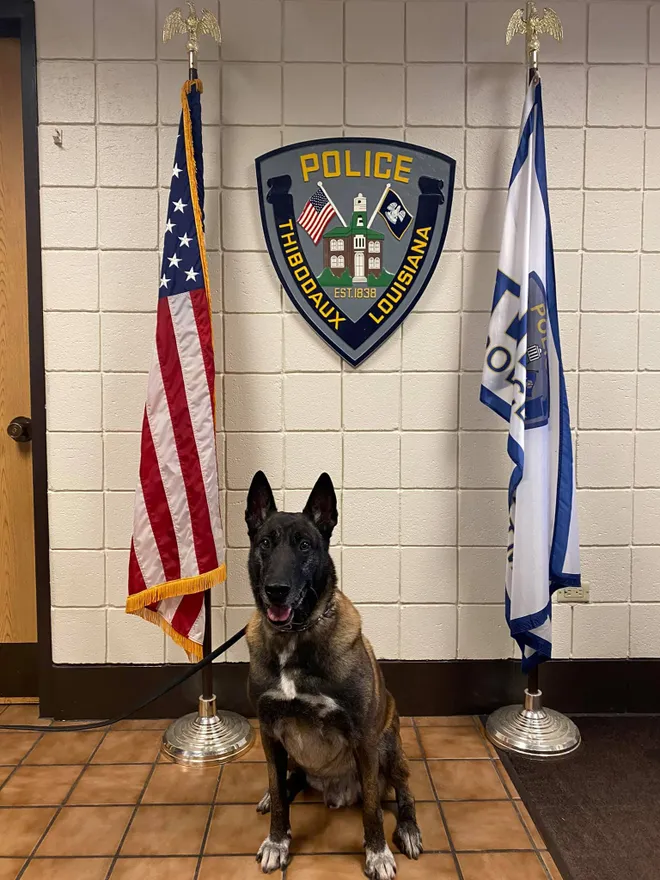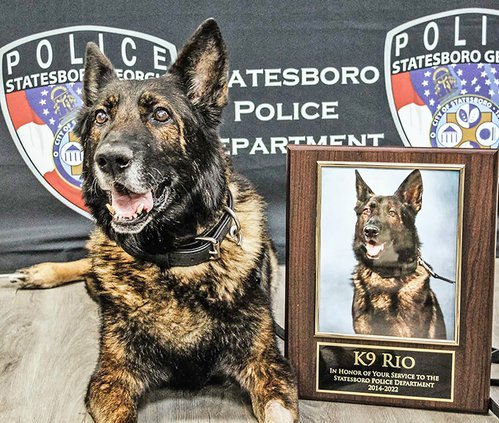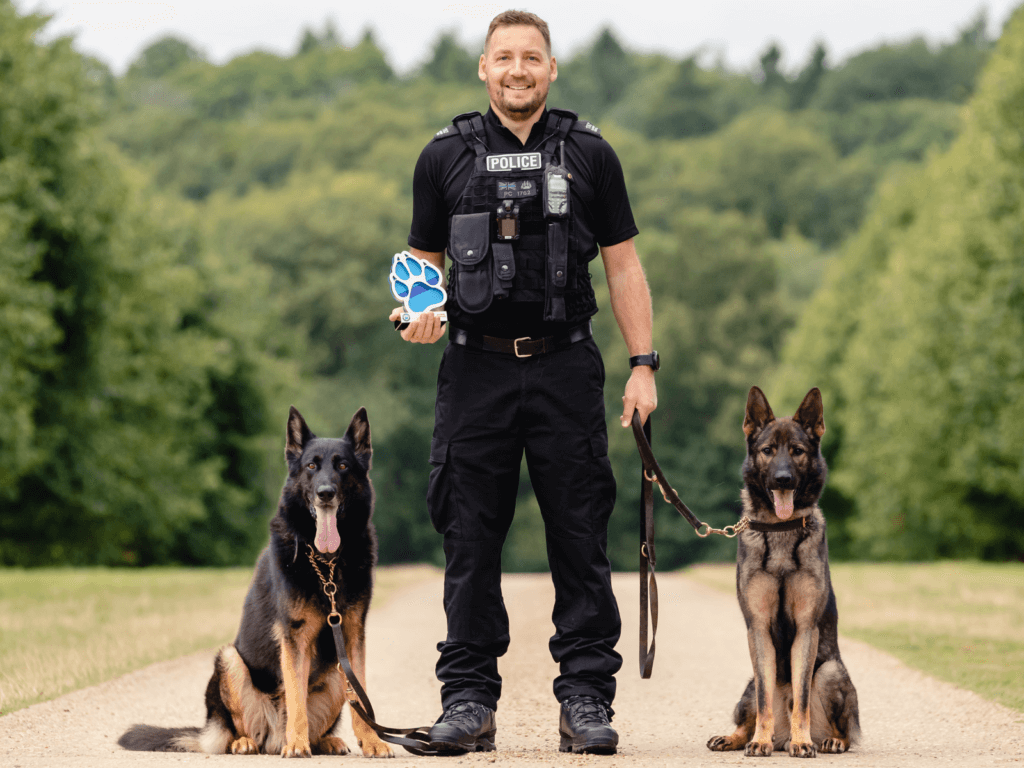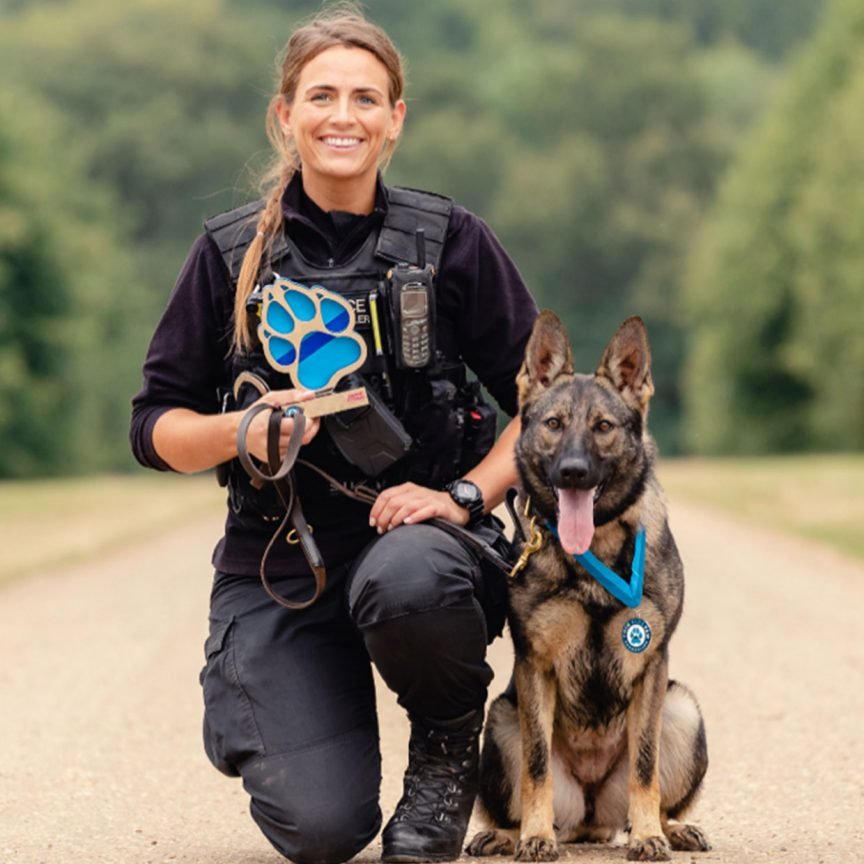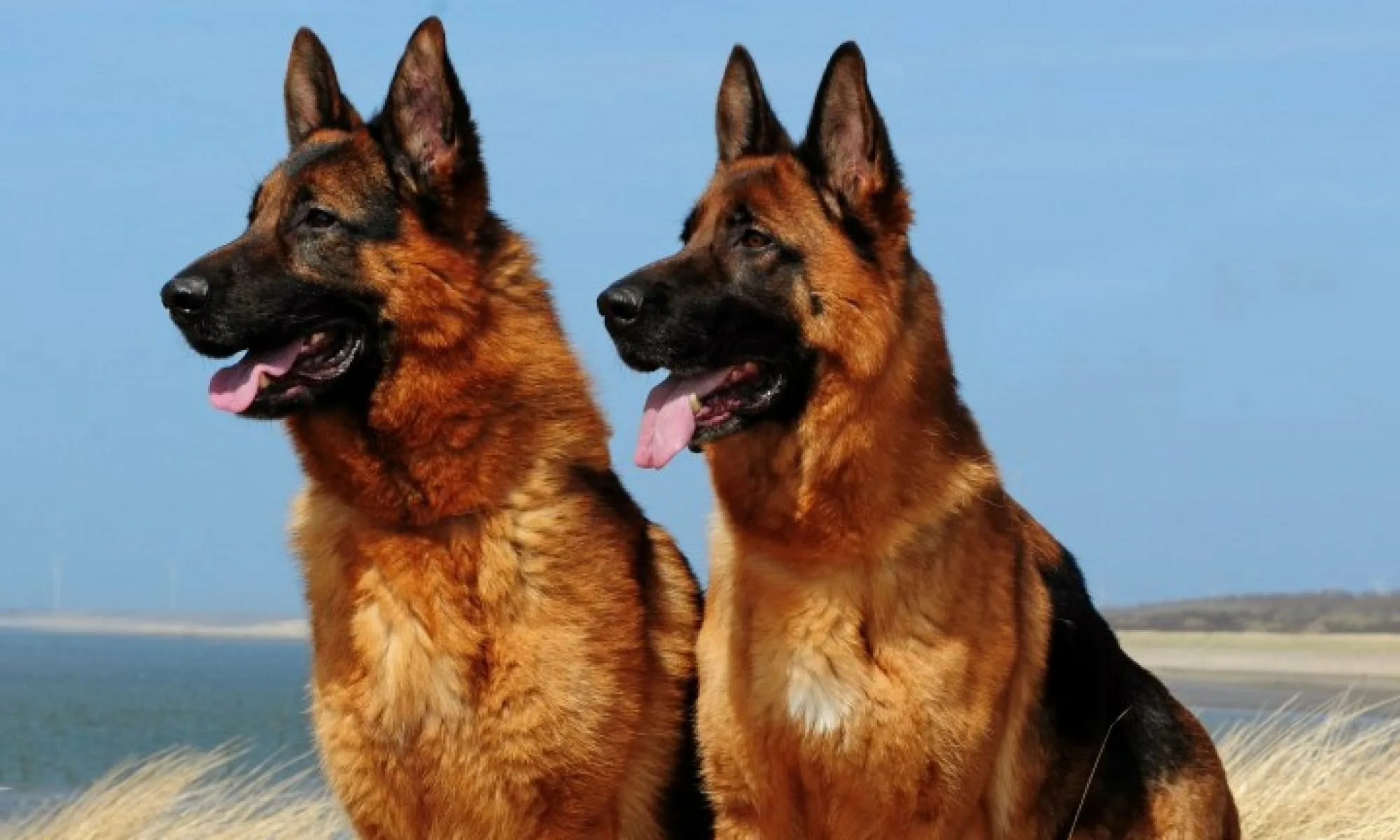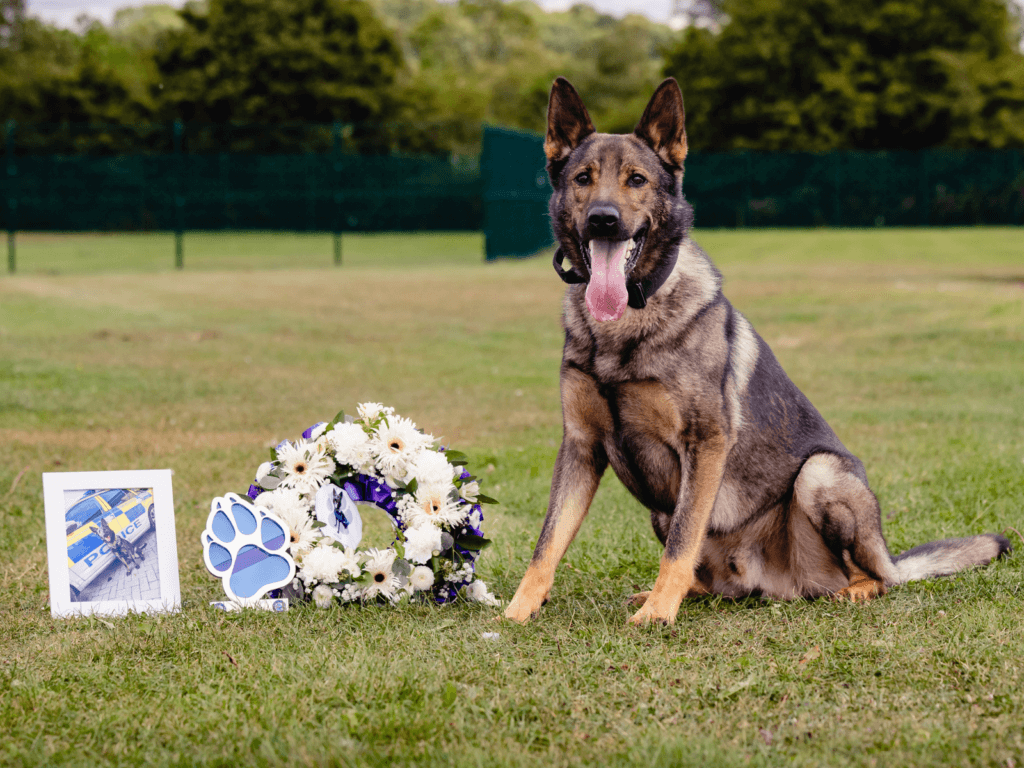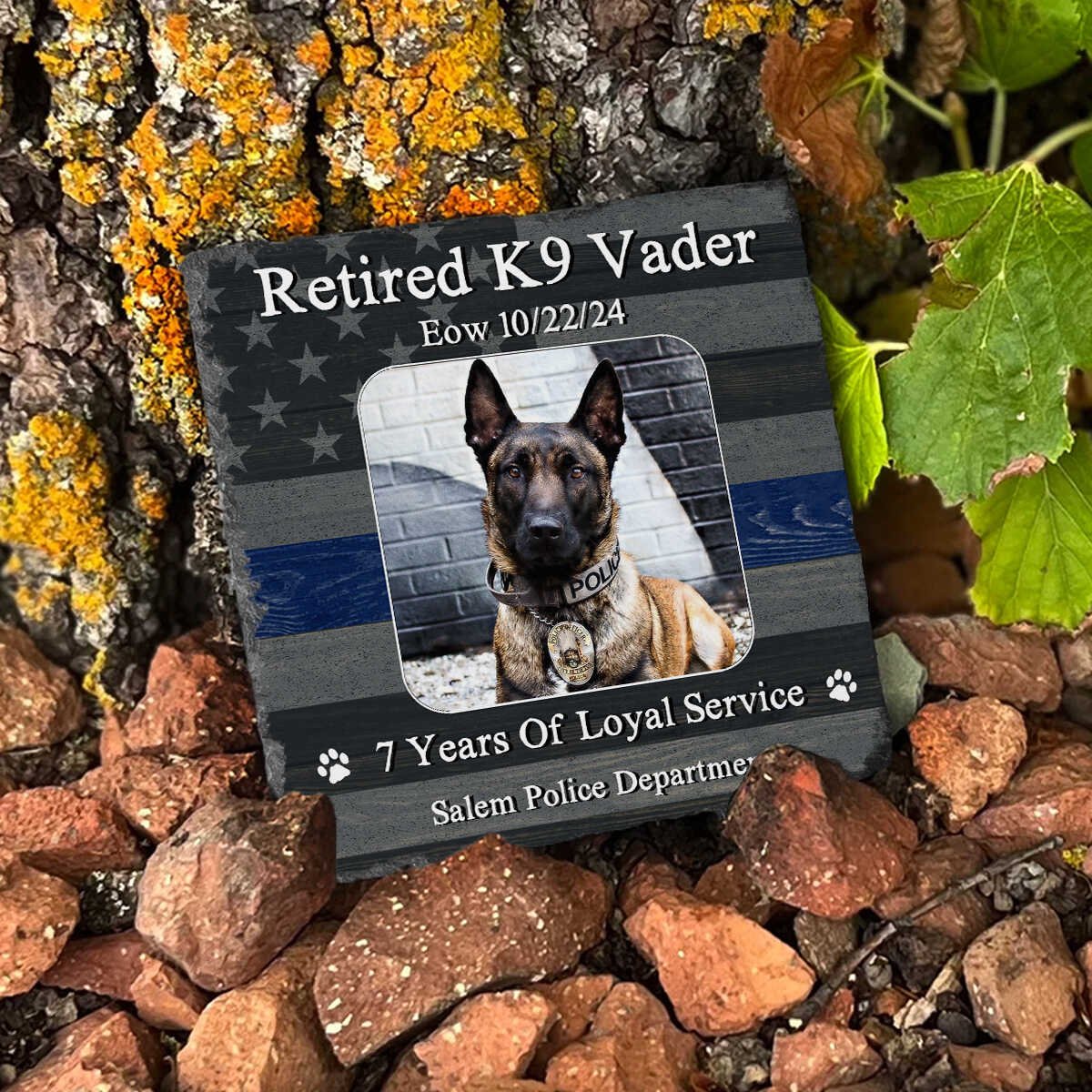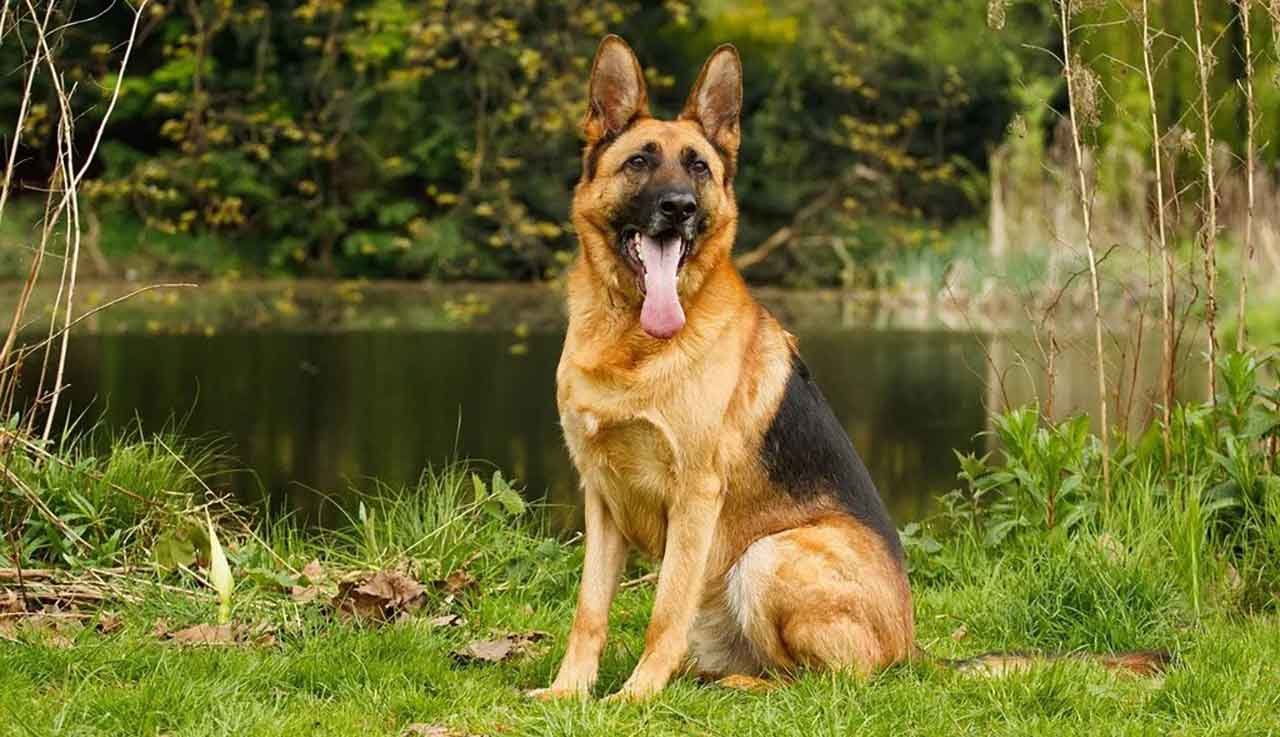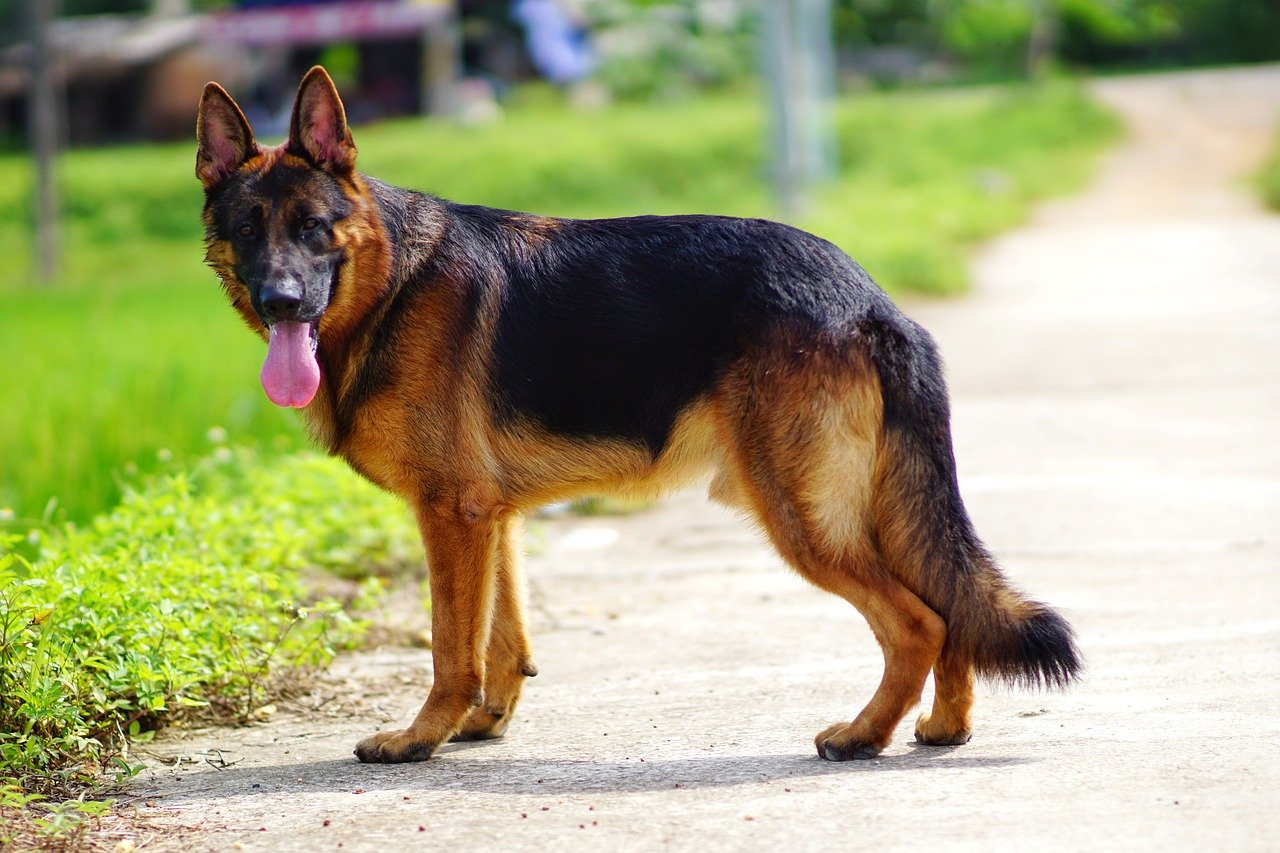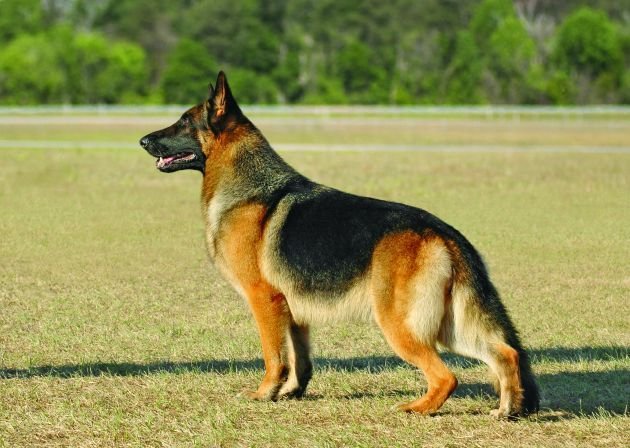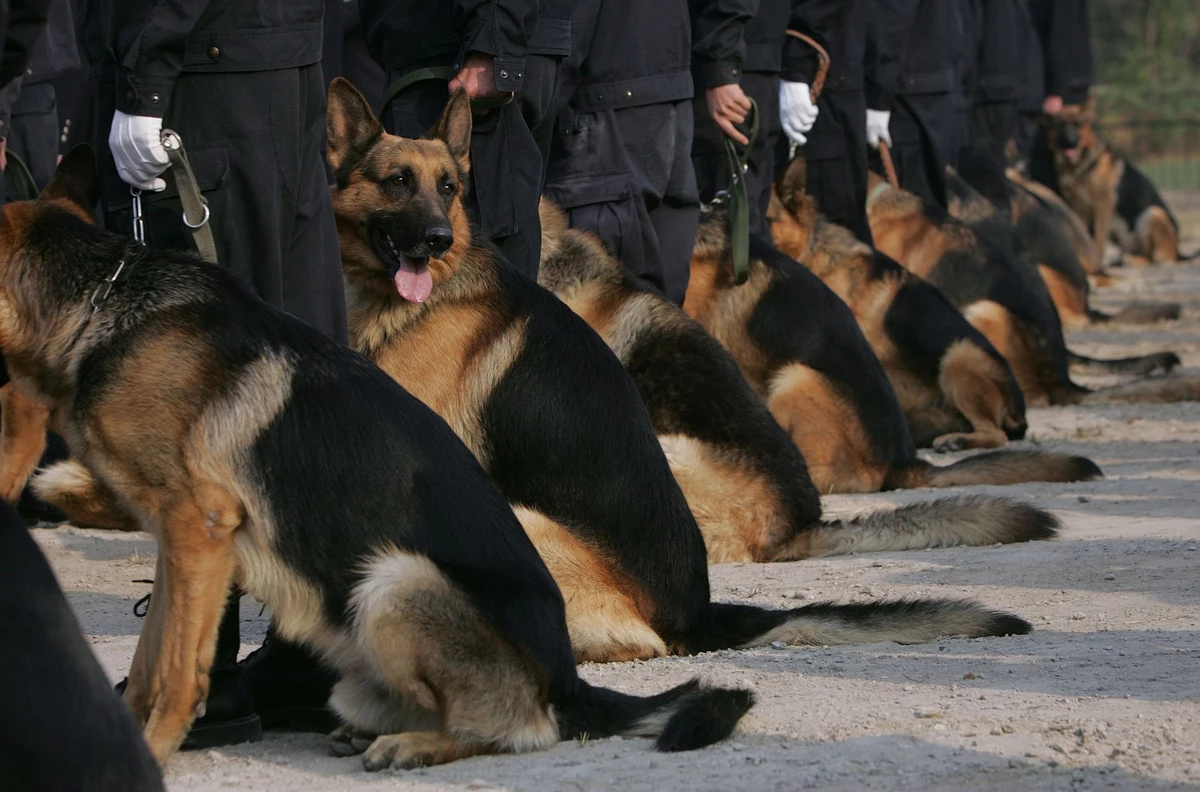Working Breeds
Navy SEAL Dogs: Country-Wise

Navy SEAL Dogs: Duties and Performance in Departments

Navy SEAL dogs
play an integral role in military operations, offering unmatched skill and dedication in various high-stakes environments. These elite canines are not just pets but vital team members trained to perform specialized duties under extreme conditions. This article delves into the roles these dogs perform, their training regimens, and how their performance is evaluated and utilized across different departments.
For more information regarding 4 seasonal cxcercieses of all dog breeds recommended by the doctors and experts,you can visit our youtube channel:
https://www.youtube.com/@Dogsreaders
Primary Duties of Navy SEAL Dogs

- Detection and Surveillance:
- Explosives Detection:
- Navy SEAL dogs are trained to sniff out explosives, identifying hidden threats in vehicles, buildings, or open areas.
- Surveillance Operations:
- With their acute senses, these dogs assist in reconnaissance missions, alerting handlers to the presence of intruders or hidden enemies.
- Search and Rescue:
- These dogs excel in locating missing personnel or retrieving casualties in challenging terrains. Their training equips them to navigate rubble, dense forests, and other hazardous environments.
- Attack and Apprehension:
- Navy SEAL dogs are skilled in controlled aggression. They can apprehend suspects, guard captured areas, and neutralize threats with precision.
- Handler Protection:
- These dogs act as guardians for their handlers, ensuring their safety in volatile situations by detecting and neutralizing nearby threats.
Performance in Departments

Navy SEAL dogs are integrated into various military departments, each leveraging their unique capabilities to enhance mission success:
Special Operations Team
- These dogs are deployed in high-risk missions, including raids, hostage rescues, and covert operations. Their agility and silence make them ideal for stealthy maneuvers.
Explosives Ordnance Disposal (EOD) Units
- Navy SEAL dogs assist EOD teams in identifying and neutralizing explosive devices. Their training enables them to detect even trace amounts of explosive materials.
Search and Rescue Divisions
- They are critical assets in disaster response scenarios, helping to locate survivors during natural calamities or after attacks.
Counter-Terrorism Operations
- Trained to detect and apprehend armed suspects, Navy SEAL dogs are integral to counter-terrorism efforts, both domestically and internationally.
Training and Performance Metrics
Training Process:

Navy SEAL dogs undergo rigorous training, which includes:
- Obedience and Agility Drills: To ensure responsiveness and physical readiness.
- Scenario Simulations: Replicating combat and rescue scenarios for real-world preparedness.
- Advanced Skills: Such as parachuting, rappelling, and underwater retrieval for specialized missions.
- Performance Evaluation:
- Task Efficiency: Measuring speed and accuracy in detection and response tasks.
- Stress Handling: Assessing how well dogs perform under high-stress environments.
- Endurance Tests: Evaluating physical and mental stamina during prolonged missions.
Significance of Navy SEAL Dogs

- Operational Success:
- These dogs significantly enhance mission success rates by providing early threat detection, reducing risks for human personnel.
- Team Morale:
- The presence of a Navy SEAL dog boosts the morale of team members, offering companionship and unwavering loyalty.
- Versatility:
- Their ability to adapt to various roles and environments makes them indispensable across different mission types.
Breed Specifications and Latest Research

Navy SEAL Dogs: Dogs have been humanity’s companions for millennia, providing loyalty, protection, and unmatched skill in various tasks. Among them, military working dogs, such as those used by Navy SEALs, exhibit extraordinary capabilities. This article provides a comprehensive analysis of Navy SEAL dogs, focusing on breed specifications, genetic traits, lifespan, height, weight, latest country-wise research, common diseases, and potential solutions.
Breed Specifications by Country

United States
- Preferred Breed: Belgian Malinois
- Traits: Known for their high intelligence, agility, and strong bite force, Belgian Malinois excel in detection and attack roles. Their lean build and sharp instincts make them ideal for covert operations.
Germany
- Preferred Breed: German Shepherd
- Traits: German Shepherds are celebrated for their endurance, loyalty, and adaptability. They perform exceptionally well in search and rescue missions and as guard dogs.
Netherlands
- Preferred Breed: Dutch Shepherd
- Traits: Dutch Shepherds are recognized for their stamina, trainability, and versatility. These dogs are often utilized in tracking and patrol missions due to their acute senses.
France
- Preferred Breeds: Briard, Malinois
- Traits: French breeds like the Briard and Malinois are noted for their obedience and protective instincts, making them suitable for high-stress combat situations.
Czech Republic
- Preferred Breed: Czechoslovakian Wolfdog
- Traits: This wolf-like breed is prized for its strength, determination, and independence, essential traits for challenging terrains and missions.
Breed Specifications by Country Table

| Country | Preferred Breeds | Traits |
|---|---|---|
| United States | Belgian Malinois | High intelligence, agility, strong bite force. |
| Germany | German Shepherd | Endurance, loyalty, adaptability. |
| Netherlands | Dutch Shepherd | Stamina, trainability, versatility. |
| France | Briard, Malinois | Obedience, protective instincts. |
| Czech Republic | Czechoslovakian Wolfdog | Strength, determination, independence. |
Height, Weight, and Weather Considerations by Country

| Country | Breed | Height (inches) | Weight (lbs) | Weather Adaptation |
| United States | Belgian Malinois | 22-26 | 40-80 | Adaptable to various climates; thrives in moderate weather. |
| Germany | German Shepherd | 22-26 | 50-90 | Performs well in cold climates due to thick double coat. |
| Netherlands | Dutch Shepherd | 21-25 | 50-70 | Handles mild to cold climates effectively. |
| France | Briard, Malinois | 22-26 | 50-85 | Excels in temperate climates but requires shade in hot weather. |
| Czech Republic | Czechoslovakian Wolfdog | 24-26 | 50-90 | Suited for cold, rugged environments. |
Genetic Traits and Lifespan by Country

| Country | Breed | Genetic Traits | Lifespan (Years) |
|---|---|---|---|
| United States | Belgian Malinois | Lean, muscular, high prey drive | 12-14 |
| Germany | German Shepherd | Dense coat, strong back, intelligent | 9-13 |
| Netherlands | Dutch Shepherd | Athletic, striped coat, quick reflexes | 11-14 |
| France | Briard, Malinois | Obedience, protective instincts | 10-14 |
| Czech Republic | Czechoslovakian Wolfdog | Wolf-like, endurance-focused genetics | 10-15 |
Height and Weight Table

| Breed | Height (inches) | Weight (lbs) |
| Belgian Malinois | 22-26 | 40-80 |
| German Shepherd | 22-26 | 50-90 |
| Dutch Shepherd | 21-25 | 50-70 |
| Czechoslovakian Wolfdog | 24-26 | 50-90 |
Latest Country-Wise Research on Navy SEAL Dogs

| Country | Research Focus | Findings |
| United States | Canine PTSD and recovery | Implemented therapy programs for better mental health of retired military dogs. |
| Germany | Genetic markers for agility | Identified specific gene clusters responsible for endurance and speed. |
| Netherlands | Improved training methods | Use of AI-driven simulators for precision training. |
| France | Stress management in active duty | Discovered diet-based interventions to reduce stress in military dogs. |
| Czech Republic | Enhancing joint health for working dogs | Developed new supplements to prevent joint issues in high-activity breeds. |
Common Diseases by Country

| Country | Common Diseases | Description |
| United States | Canine PTSD | Behavioral issues due to high-stress missions; treated with therapy programs. |
| Germany | Hip Dysplasia | A genetic joint condition; managed with regular exercise and supplements. |
| Netherlands | Gastric Dilatation-Volvulus (Bloat) | Life-threatening stomach twisting; prevented by meal management techniques. |
| France | Skin Allergies | Often triggered by environment or diet; treated with hypoallergenic products. |
| Czech Republic | Degenerative Myelopathy | Neurological disorder affecting mobility; managed with supportive care. |
Common Diseases and Solutions

| Disease | Breed Prone | Solution/Prevention |
| Hip Dysplasia | German Shepherd | Regular exercise, joint supplements. |
| Canine PTSD | Belgian Malinois | Behavioral therapy, safe environments. |
| Gastric Dilatation-Volvulus | Deep-chested breeds | Feed smaller meals, avoid intense exercise post-meal. |
| Allergies | All breeds | Hypoallergenic diets, regular grooming. |
| Degenerative Myelopathy | German Shepherd | Physical therapy, supportive care. |
Solutions and Resources
- Canine PTSD Support: Link to therapy programs
- Joint Health Supplements: Link to products
- Diet-Based Stress Interventions: Link to research
- AI Training Simulators: Link to technology
- Genetic Research Reports: Link to database
Detailed Researched Summary

This article synthesizes findings from multiple research papers and sources to provide a comprehensive view of Navy SEAL dogs, focusing on their breeds, genetic traits, health issues, and solutions:
Navy SEAL dogs embody the pinnacle of canine ability and devotion. Their specific breed traits and meticulous training make them invaluable in critical missions. With ongoing research and advancements, their health and performance continue to improve. By understanding their genetic predispositions and addressing common health issues, we ensure these extraordinary animals receive the care they deserve.
- Breed Selection:
- Studies confirm that Belgian Malinois, German Shepherds, and Dutch Shepherds are preferred for their agility, intelligence, and resilience in high-stakes missions.
- (Reference 1).
- Genetic Studies:
- Research highlights the role of specific gene markers in agility and endurance, particularly in breeds like the German Shepherd.
- (Reference 2).
- Health Challenges:
- Common health challenges include Canine PTSD, hip dysplasia, and gastric issues. Recent findings suggest tailored diets and supplements can mitigate these conditions.
- (Reference 3).
- Training Innovations:
- The integration of AI simulators in training programs has revolutionized how military dogs are prepared for missions, particularly in the Netherlands.
- (Reference 4).
- Stress Management:
- French studies emphasize the importance of diet and environment in reducing stress for active-duty dogs.
- (Reference 5).
- Mobility and Longevity:
- Czech researchers have developed new methods to enhance joint health, extending the service lifespan of Czechoslovakian Wolfdogs.
- (Reference 6).
Frequently Asked Questions (FAQs)

- References
- Military Dog Research – Link
- Canine Genetics – Link
- Canine Health Solutions – Link
- Training Innovations – Link
- France Dog Research – Link
- Czech Canine Research – Link
1. Why do Navy SEALs choose Belgian Malinois for missions?
Belgian Malinois are highly agile, intelligent, and have a strong work ethic, making them ideal for detection, attack roles, and high-stakes operations.
2. How do trainers prepare Navy SEAL dogs for missions?
They undergo rigorous training, including obstacle courses, scent detection, and simulated combat scenarios, often leveraging AI technology in advanced programs.
3. What health challenges do Navy SEAL dogs face?
Common issues include Canine PTSD, hip dysplasia, and gastric torsion, which are managed with therapy, tailored diets, and preventative care.
4. How do these dogs adapt to different climates?
Breeds are selected based on their adaptability to climates, such as thick-coated German Shepherds for cold regions and Malinois for temperate zones.
5. Who adopts Navy SEAL dogs after retirement?
Yes, retired dogs are often adopted by their handlers or families trained in their care, ensuring they have a comfortable post-service life.
6. What resources support Navy SEAL dogs?
Support ranges from therapy programs for PTSD to dietary supplements and AI-based training tools, ensuring their health and performance.
7. How long do Navy SEAL dogs serve on missions?
Most dogs serve between 8-10 years, depending on their health and operational demands, after which they are retired.
Working Breeds
German Shepherd Intelligence: Uncovered Mind, Memory, and Mental Mastery
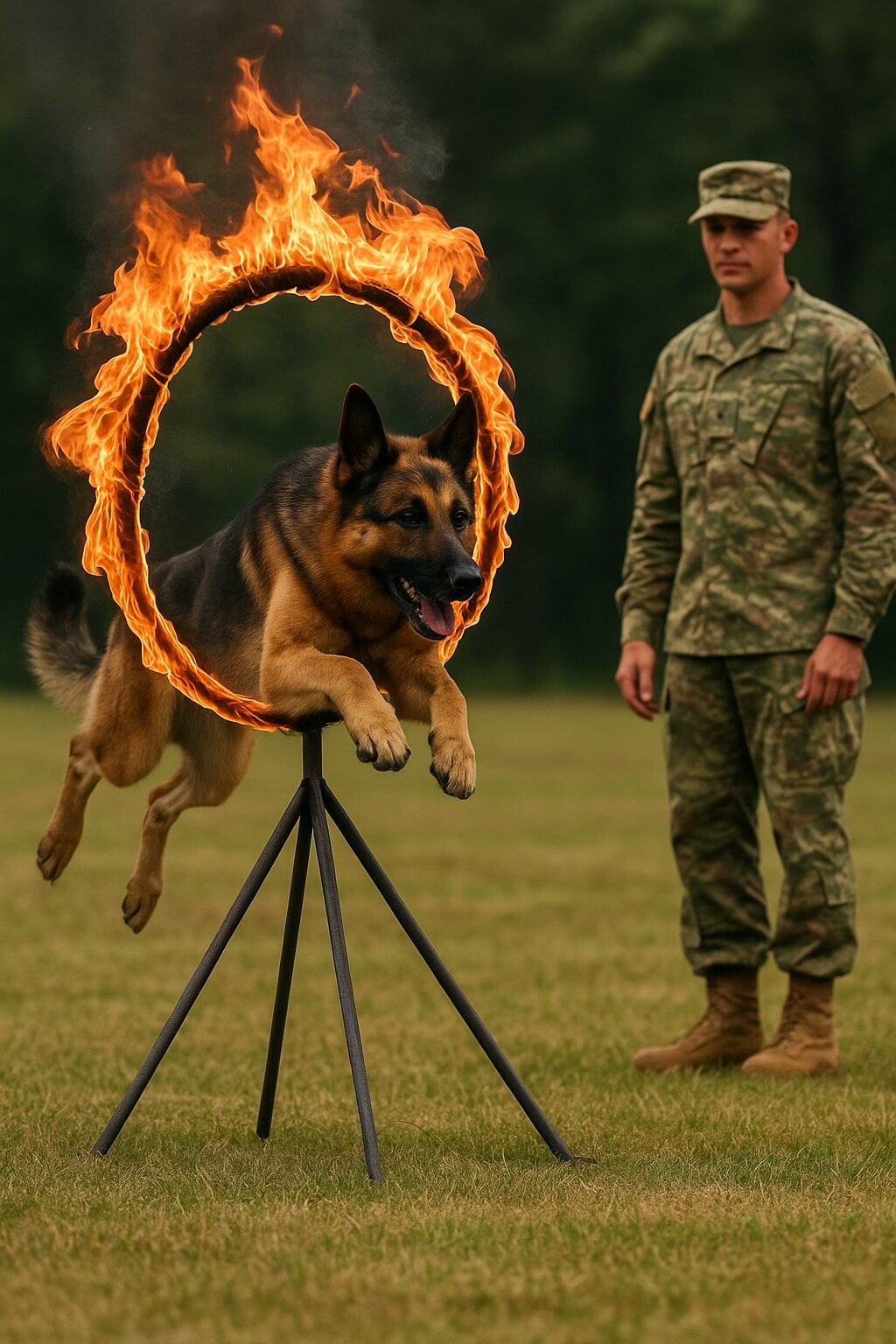
📍 Part 14 of the German Shepherd Series on DogsReader
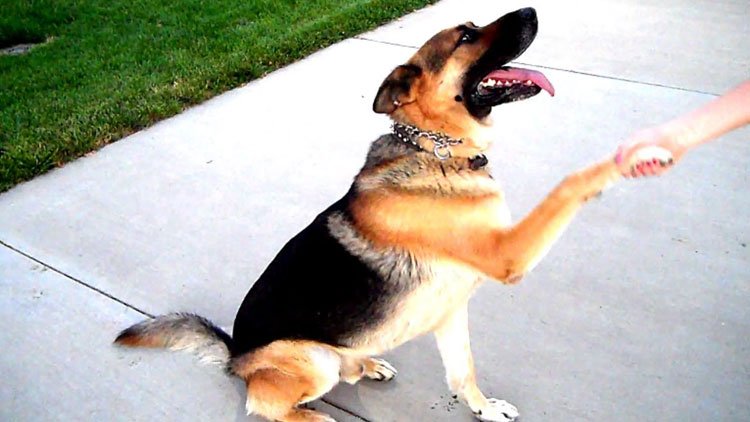
Introduction: Why German Shepherds Are Considered Canine Geniuses
German Shepherd Intelligence : German Shepherds aren’t just working dogs — they’re intellectual powerhouses. From police forces to therapy roles, their brainpower is what sets them apart. In this 15th installment of the DogsReader German Shepherd Series, we uncover the layers of intelligence that make the breed one of the most trainable and dependable dogs in the world.
Mental Capacity: Ranking the German Shepherd’s Intelligence

According to renowned canine psychologist Stanley Coren, German Shepherds rank 3rd among the most intelligent dog breeds, right after the Border Collie and Poodle. But their intelligence is not just about performing tricks — it includes:
-
Working Intelligence: Quick command response time
-
Adaptive Intelligence: Problem-solving based on real-life experiences
-
Instinctive Intelligence: Natural ability to guard, herd, and protect
Short-Term Memory vs. Long-Term Memory in GSDs

German Shepherds are capable of retaining both short-term and long-term memories.
-
Short-Term Memory: Allows them to react and learn commands within seconds
-
Long-Term Memory: Enables them to remember people, places, and training even after months or years
➡️ This is why military and police units invest in them – their memory retention is unmatched.
Mind Mapping & Cognitive Training

GSDs have the ability to mentally “map” their environment. With consistent training, they learn:
-
Names of toys and family members
-
Task sequences in protection or obedience routines
🧠 Mental stimulation is just as important as physical exercise. Neglecting either can lead to behavioral issues.
Examples of Mental Mastery in Real Life
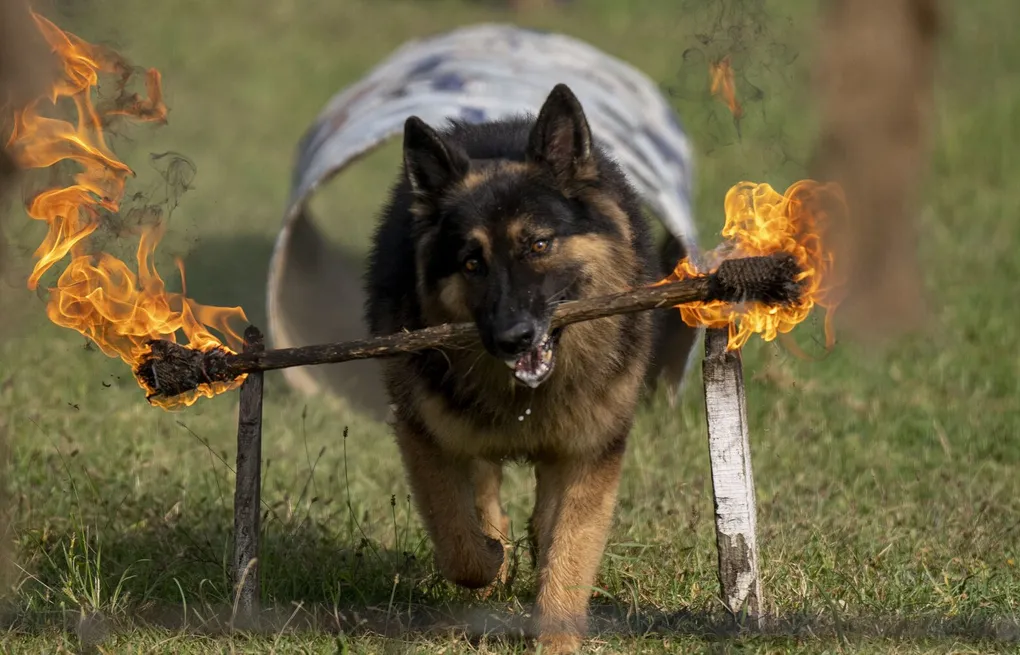
Here are true-to-life demonstrations of the breed’s cognitive excellence:
-
A retired K9 officer named Max once tracked a missing child 2 miles away using only a blanket as a scent source.
-
Luna, a therapy German Shepherd, learned to recognize anxiety attacks in her owner before visible symptoms occurred.
-
In competitive obedience, German Shepherds consistently outperform other breeds in multi-step routines.
Best Brain Games to Unlock Full Potential

-
Find the Treat: Enhances scent memory and reward-driven focus
-
Puzzle Toys: Keeps their problem-solving skills sharp
-
Name That Toy: Teach them toy names for vocabulary expansion
-
Hide and Seek: Stimulates hunting instincts and recall memory
-
Command Chains: Train your dog to follow multi-step commands
💡 DogsReader Tip: Change up the difficulty level every week to avoid cognitive stagnation.
How to Identify Cognitive Decline Early
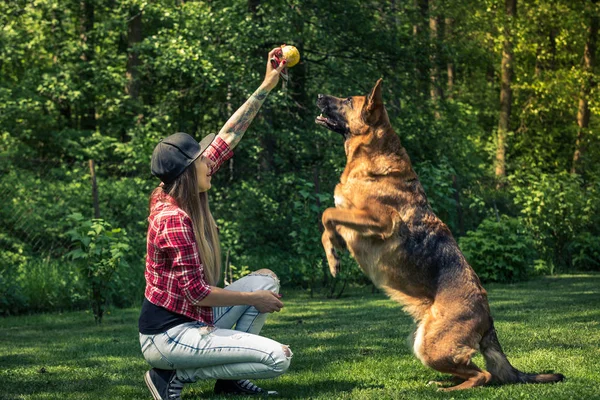
Even the smartest dogs age. Watch for signs such as:
-
Hesitation in routine tasks
-
Forgetting commands
-
Disorientation in familiar environments
-
Increased anxiety or restlessness
📌 Early diagnosis leads to better mental wellness treatment — explore our upcoming article on “Senior Care for German Shepherds.”
Closing Statement : The Mental Marvel That Is the German Shepherd
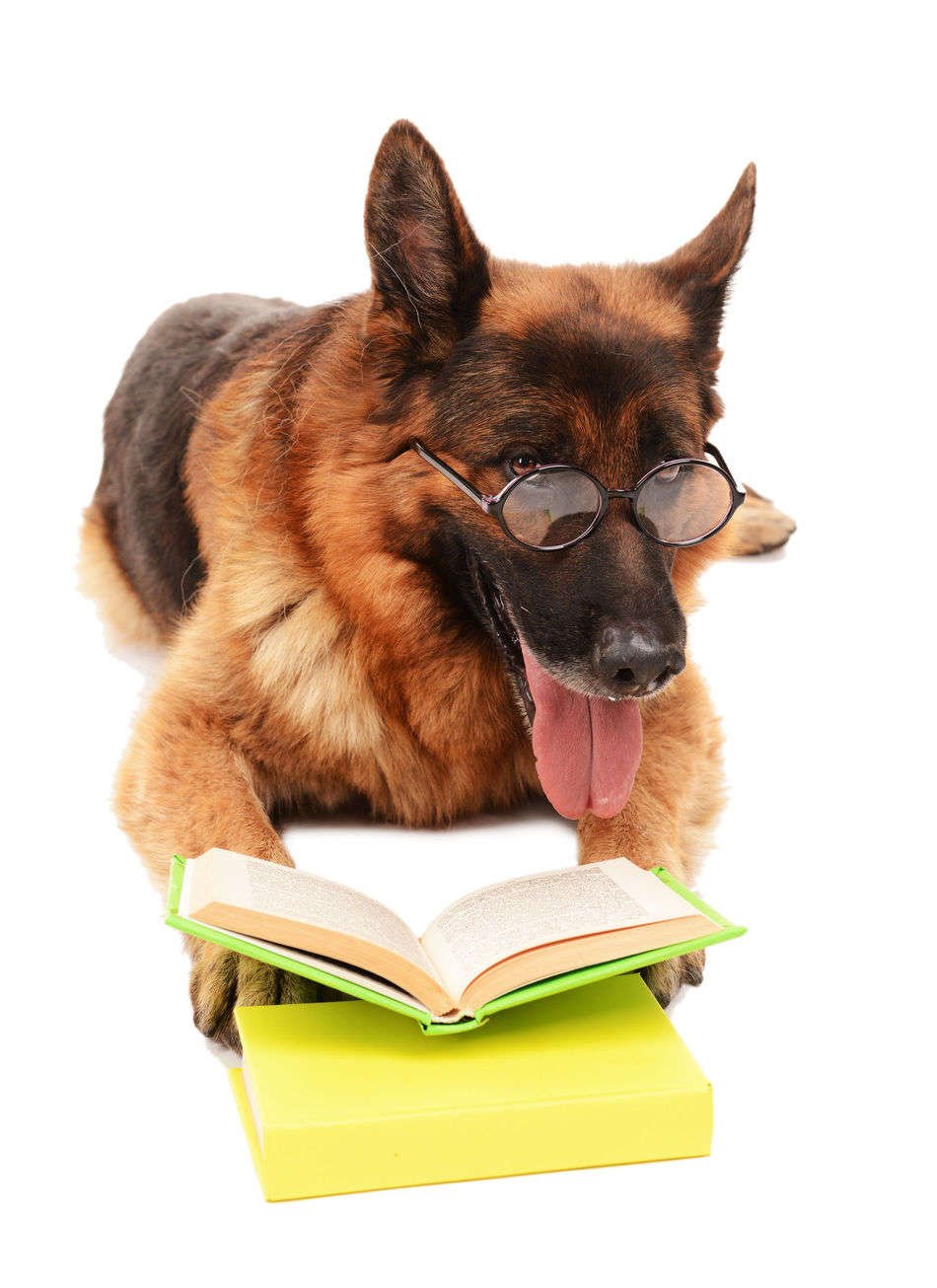
Their intelligence is not just in obedience — it’s in their emotional depth, decision-making ability, and working dedication. From pup to elite performer, a German Shepherd’s brain deserves to be nurtured just as much as their body.
📢 This is Part 14 of the German Shepherd Series on DogsReader
Discover all parts of the series and exclusive dog care knowledge on our website.
🐶 Visit: www.dogsreader.com
📩 Ask our 24/7 Dog Chatbot anything – trained with official AKC knowledge!
📧 Contact: dogsreaders@gmail.com
📱 Follow us on Facebook & Instagram [Subscribe to us on YouTube | Facebook | Instagram | www.dogsreader.com]
▶️ Subscribe to us on YouTube!
FAQs
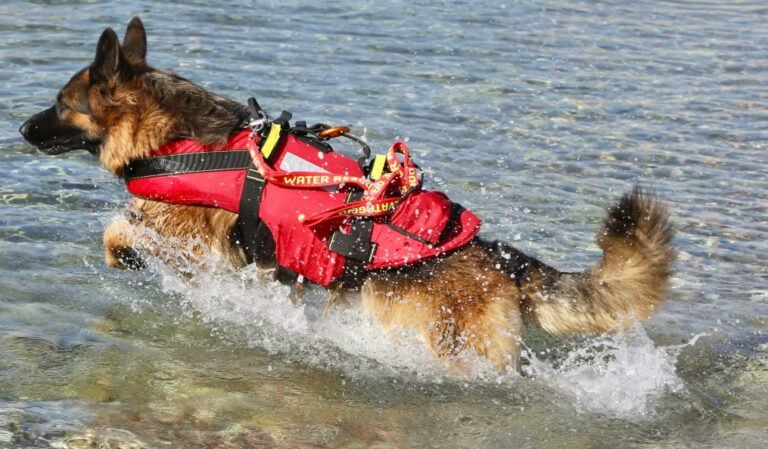
“German Shepherd Intelligence Uncovered: Mind, Memory, and Mental Mastery”
1. Are German Shepherds really smarter than other dog breeds?
Yes, German Shepherds are ranked as the third most intelligent dog breed in the world. Their quick learning, emotional intelligence, and memory retention make them top performers in obedience, protection, and service roles.
2. How intelligent is a German Shepherd compared to a human?
A well-trained adult German Shepherd has cognitive skills comparable to a 2.5 to 3-year-old human child. They understand hundreds of words, can follow multi-step commands, and even interpret emotions.
3. Can German Shepherds remember their owners after years?
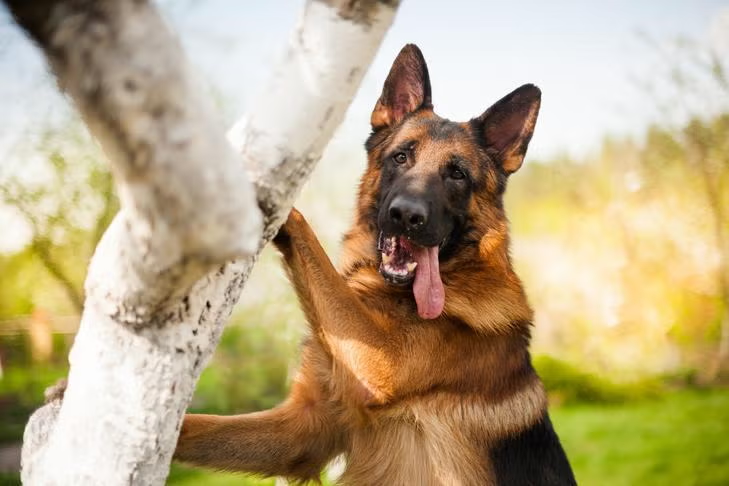
Absolutely. Thanks to their strong long-term memory, German Shepherds can remember their owners, voices, and environments even after being separated for several years.
4. What kind of mental games do German Shepherds like?
German Shepherds enjoy puzzle toys, scent games, name-learning challenges, and hide-and-seek. These games stimulate their brain, reduce anxiety, and prevent boredom-related behaviors.
5. Do German Shepherds have better memory than other breeds?
Yes. Their working memory and adaptive intelligence are superior to many other breeds, which is why they excel in military, police, and therapy roles.
6. How can I test my German Shepherd’s intelligence at home?
Simple games like “which hand has the treat,” toy name recognition, or obstacle challenges can help test your German Shepherd’s problem-solving ability and memory recall at home.
7. How much mental stimulation does a German Shepherd need daily?

A German Shepherd needs at least 30–45 minutes of mental enrichment daily in addition to physical exercise. Without it, they can become restless, destructive, or depressed.
8. Can German Shepherds suffer from memory loss or dementia?
Yes, senior German Shepherds can develop Canine Cognitive Dysfunction (CCD), similar to dementia in humans. Early signs include confusion, changes in sleep, and forgetting commands.
9. What is the best age to start brain training for a German Shepherd puppy?
You can begin simple mental games and memory exercises as early as 8 weeks old. Start with basic commands and short tasks, then gradually increase difficulty.
10. How do police German Shepherds train their memory so well?
They undergo repetition-based and scenario-driven training that conditions them to remember commands, scents, routines, and locations even under stress or distraction.

Working Breeds
Healing Paws: How Retired German Shepherds Become Heroes Again in Civilian Life
Working Breeds
Training for Transition: Preparing Working Dogs for Life After Service

Part 12 of the German Shepherd Series on DogsReader
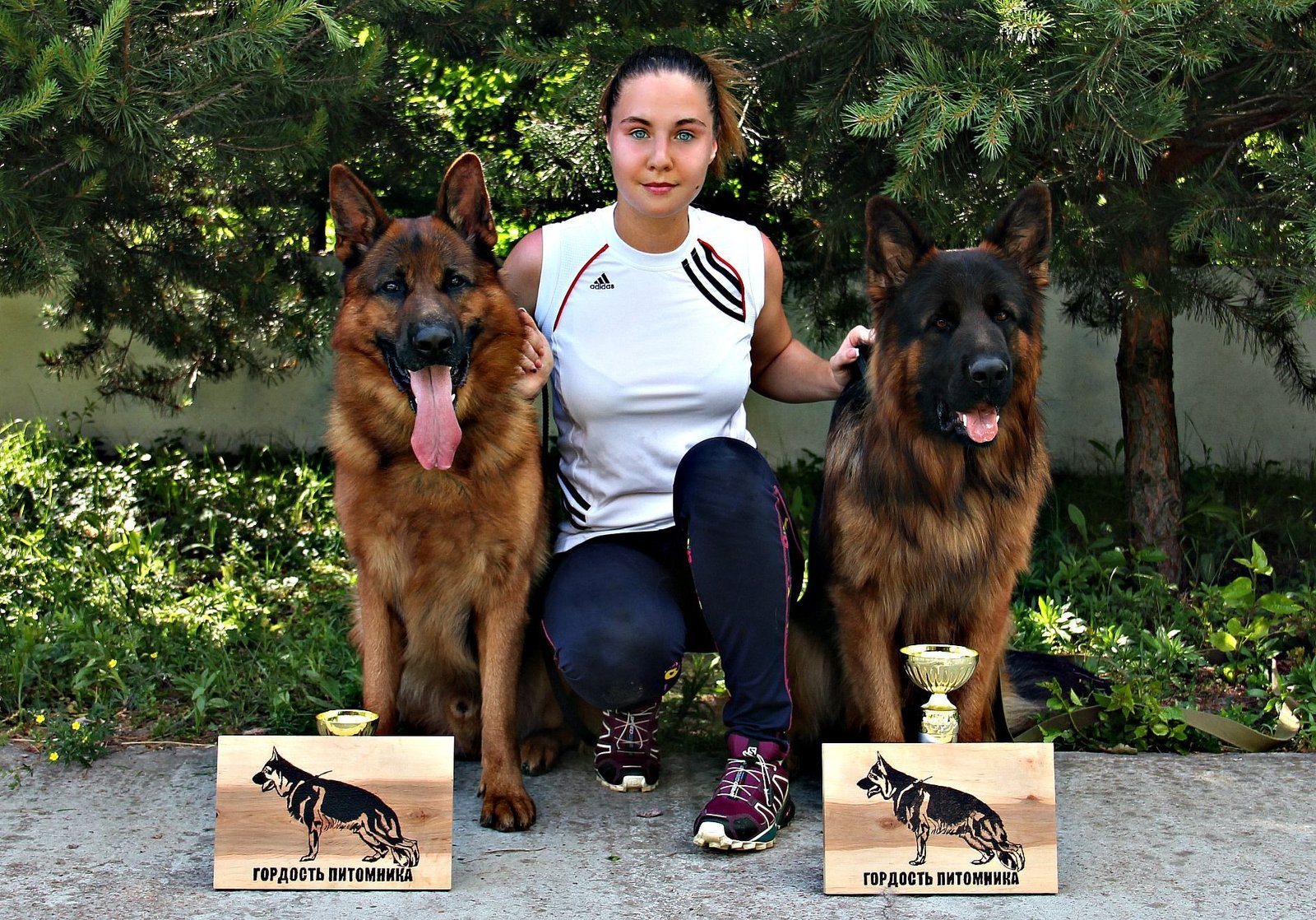
Training for Transition: Retired police and military German Shepherds are celebrated for their bravery, discipline, and unwavering loyalty. But when their service ends, these dogs face a new challenge: adapting to civilian life. While many transition smoothly into loving homes, others need specialized training and rehabilitation to shed the rigors of duty and embrace the comforts of family life.
This article explores what it takes to prepare a working K9 for retirement—from decompression techniques to socialization strategies—and how adopters, handlers, and organizations collaborate to give these heroes the peaceful retirement they deserve.
Subscribe to us on YouTube | Facebook | Instagram | www.dogsreader.com
The Challenges of Transition
Working dogs spend years in high-stakes environments, where their instincts are honed for detection, patrol, and apprehension. Retirement means:
- Adjusting to unstructured time – No more scheduled drills or commands.
- Reducing hyper-vigilance – Learning to relax instead of staying constantly alert.
- Socializing with civilians & pets – Many have never lived in a home or interacted with children or other animals.
Without proper preparation, some dogs struggle with anxiety, confusion, or even depression.
How Retired K9s Are Prepared for Civilian Life

1. Decompression & Detraining
Before adoption, many retired working dogs undergo a “decompression period” where they gradually step down from high-intensity training. Handlers may:
- Replace bite work with puzzle toys.
- Reduce obedience drills in favor of free play.
- Introduce calm environments to lower stress levels.
2. Socialization Training
Since many working dogs are trained to be wary of strangers, controlled exposure is key. Rescue organizations often:
- Introduce them to friendly, unfamiliar people in low-pressure settings.
- Test their reactions to household noises (vacuum cleaners, doorbells, etc.).
- Slowly expose them to other pets if they’ll be living in a multi-animal home.
3. Handler-to-Adopter Handoff
A smooth transition depends on clear communication between the dog’s former handler and new family. Many programs include:
- Detailed behavioral assessments – Identifying triggers (e.g., loud noises, sudden movements).
- Trial periods – Ensuring the dog and family are a good fit before finalizing adoption.
- Ongoing support – Some organizations offer post-adoption training consultations.
Success Stories: From Duty to Domestic Bliss

- Rex, a former patrol dog, initially struggled with relaxation. His adopters used scent games (a familiar skill) to redirect his focus, and within months, he became a gentle companion.
- Lena, an explosives detection K9, was fearful of household appliances. Through gradual exposure, she learned to ignore blenders and washing machines—and now naps through vacuuming.
How Adopters Can Help
If you’re considering adopting a retired working dog:
Be patient – Transitioning can take weeks or months.
Provide structure – Maintain routines for feeding and exercise.
Use positive reinforcement – Reward calm behavior, not just obedience.
Stay in touch with trainers – Many groups offer lifelong support.
Closing Statement
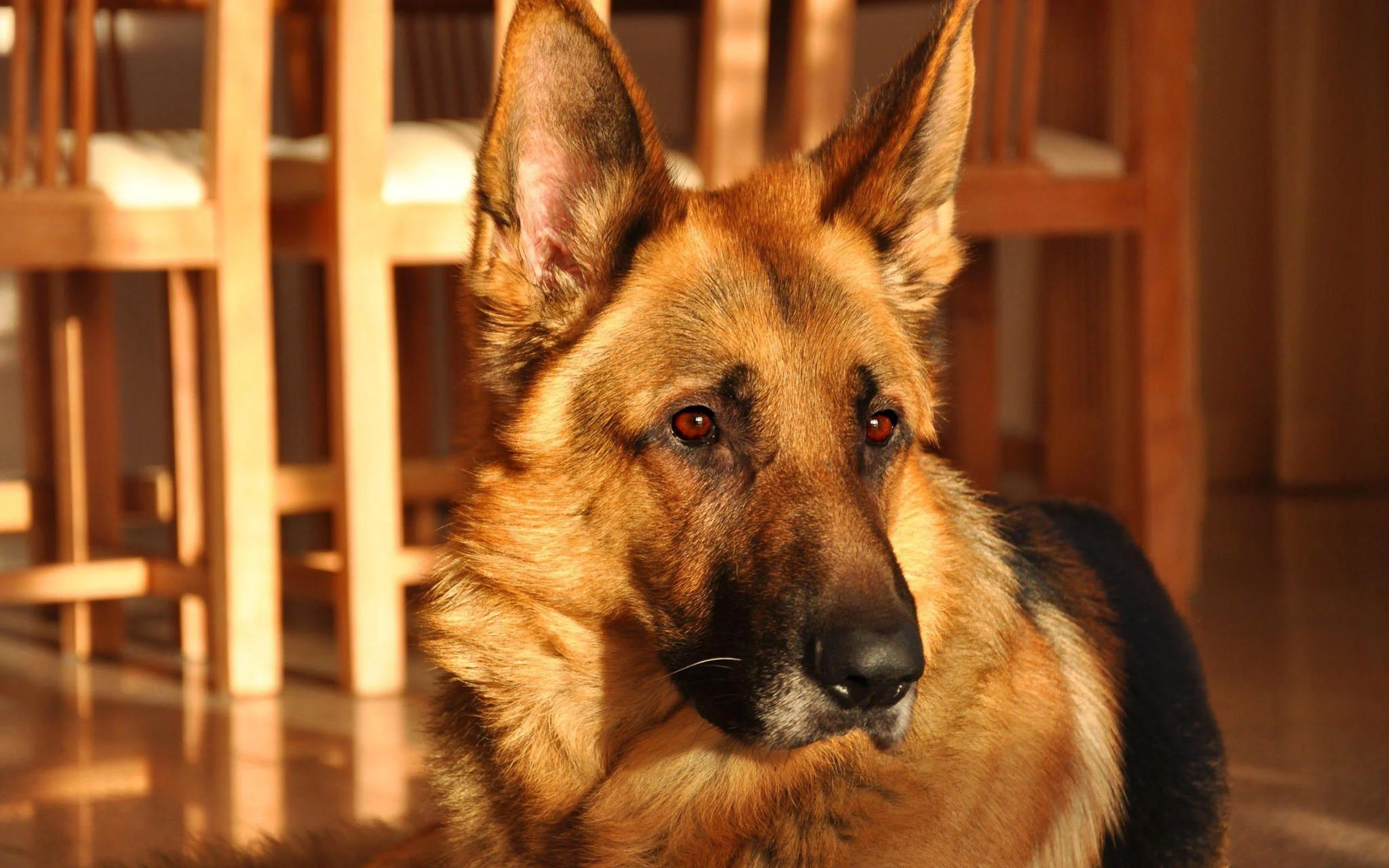
Retirement should be a reward—not a struggle—for dogs who’ve spent years in service. With the right training and support, these intelligent, loyal animals can thrive in their new roles as beloved family members.
Interested in adopting a retired K9? Reach out to organizations like Mission K9 Rescue or Save a Vet to learn more about available dogs and their needs.
You Might Also Like:
- “From Duty to Family: How Retired Police & Military German Shepherds Find New Purpose”
- “The Science Behind a Working Dog’s Training: What Makes Them So Exceptional?”
Frequently Asked Questions (FAQs)

1. How long does it take for a retired working dog to adjust to home life?
The adjustment period varies—some dogs adapt within weeks, while others may need several months. Factors like the dog’s age, length of service, and temperament play a role. Patience and consistency are key.
2. Are retired police/military dogs aggressive?

Not inherently. These dogs are trained to follow commands precisely, but they may have heightened instincts (e.g., suspicion of strangers). Proper decompression and socialization usually mitigate any unwanted behaviors.
3. Can retired K9s live with children or other pets?
Many can, but introductions should be slow and supervised. Some dogs adapt quickly, while others may need ongoing training. Organizations typically assess a dog’s compatibility before adoption.
4. Do retired working dogs need special medical care?
They may have wear-and-tear injuries (e.g., hip dysplasia, arthritis) from their service. Adopters should budget for potential vet visits and consider pet insurance.
5. What’s the best way to train a retired K9 at home?
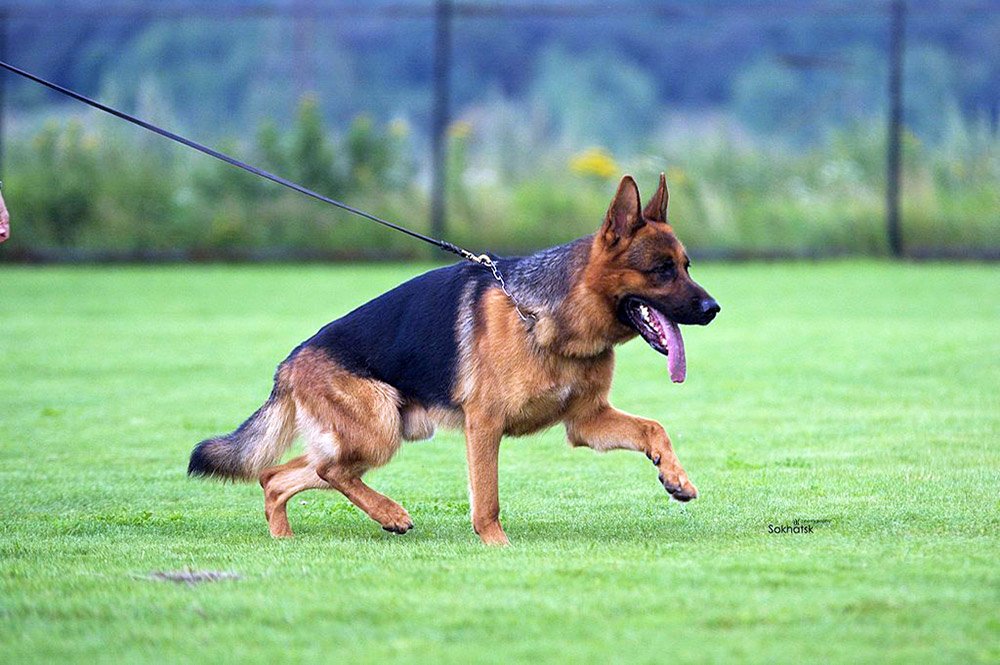
- Use positive reinforcement (treats, praise) rather than harsh corrections.
- Keep training sessions short to avoid frustration.
- Incorporate mental stimulation (scent games, puzzles) to replace their “job.”
6. Where can I adopt a retired police or military dog?
Reputable organizations include:
- Mission K9 Rescue
- Save a Vet
- Local law enforcement K9 units (some facilitate adoptions directly).
7. Are these dogs good for first-time owners?
They can be, but they often require an experienced or committed adopter familiar with large, high-energy breeds. First-time owners should work closely with trainers.
8. Do retired working dogs make good emotional support animals?
Some do, especially if they’ve been retrained for calm environments. However, their natural alertness may not suit all ESA needs—evaluate the individual dog’s temperament.
Want to learn more? Check out our related article: “From Duty to Family: How Retired Police & Military German Shepherds Find New Purpose.”
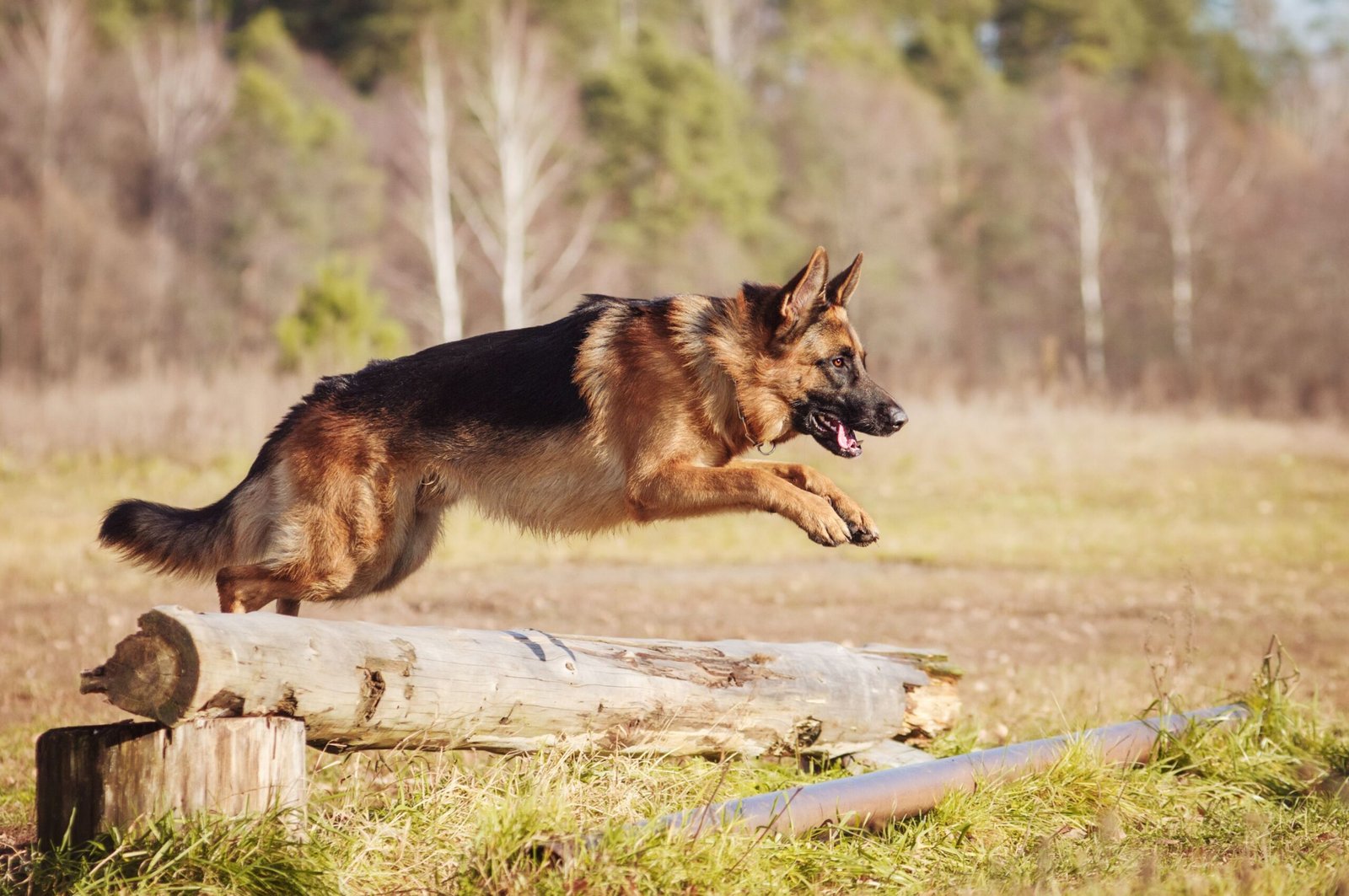
-

 SMALL DOG BREEDS5 months ago
SMALL DOG BREEDS5 months agoMerle Chihuahua: A Comprehensive Guide
-

 SMALL DOG BREEDS5 months ago
SMALL DOG BREEDS5 months agoMaltese: A Beloved Companion
-

 Large Breeds4 months ago
Large Breeds4 months agoSamoyeds Hypoallergenic: Closer Look at the Breed
-

 SMALL DOG BREEDS5 months ago
SMALL DOG BREEDS5 months agoMerle Pomeranian: A Adorable Companion
-

 Large Breeds4 months ago
Large Breeds4 months agoStandard Poodle Weight: Country Wise
-

 MEDIUM BREEDS4 months ago
MEDIUM BREEDS4 months agoAmerican Water Spaniel Colors Chocolate In Crcols:
-

 SMALL DOG BREEDS5 months ago
SMALL DOG BREEDS5 months agoYorkshire Terrier: a Big Personality
-

 Terrier Breeds3 months ago
Terrier Breeds3 months agoDog Breeds: by Country & Category

